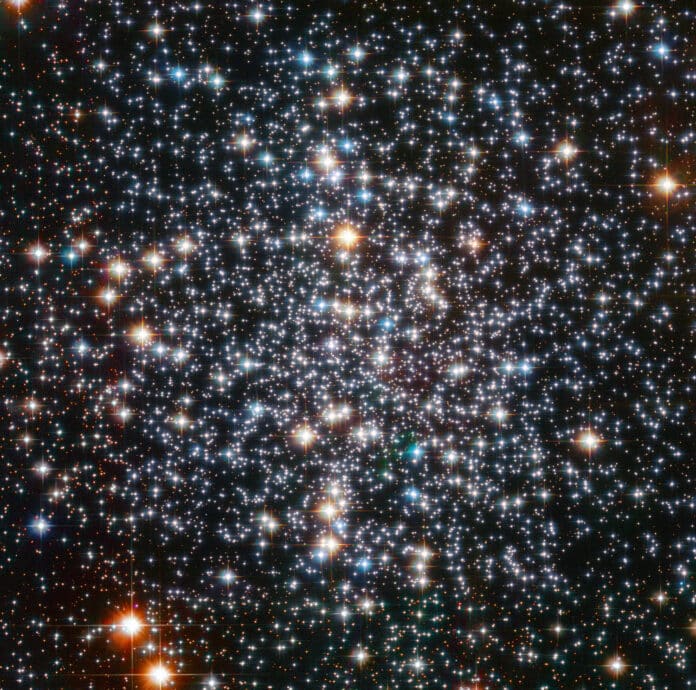100 million tiny black holes, each several times as massive as our Sun, are thought to be scattered around our galaxy. These black holes were formed when stars exploded. Supermassive black holes, which are located in the galactic centers and are millions or billions of times as massive as our Sun, are abundant throughout the entire cosmos.
An intermediate-mass black hole, weighing around 100 to 100,000 times our Sun’s mass, is a long-sought missing piece. Why do they seem so uncommon, how would they form, and where would they hang out?
Through several observational techniques, astronomers have discovered additional potential intermediate-mass black holes. Two of the top contenders, HLX-1, found in 2009, and 3XMM J215022.4-055108, which Hubble assisted in discovering in 2020, is located on the periphery of other galaxies. These potential black holes, which collectively contain the mass of tens of thousands of suns, may have formerly served as the hubs of dwarf galaxies.
Astronomers using the NASA/ESA Hubble Space Telescope have come up with their best evidence yet for the presence of a rare class of intermediate-sized black holes. They found a strong candidate lurking at the heart of the closest globular star cluster to Earth, 6000 light-years away.
Hubble zero-in on the core of the globular star cluster Messier 4 (M4) to go black-hole hunting with higher precision than in previous searches.
Eduardo Vitral of the Space Telescope Science Institute in Baltimore, Maryland, and formerly of the Institut d’Astrophysique de Paris (IAP, Sorbonne University) in Paris, France, said, “You can’t do this kind of science without Hubble.”
A team of scientists found a potential black hole with an intermediate-mass of about 800 solar masses. Although the alleged object is invisible, its mass may be determined by observing how stars move when drawn into its gravitational field, much like bees are drawn to a hive. It takes some time and great care to measure their movements precisely. This is where Hubble excels over all other modern telescopes. Hubble M4 observations spanning 12 years were examined by astronomers, who resolved pinpoint stars.
With scans of more than 6000 stars that limited the global structure of the cluster and its mass, the Gaia mission of the European Space Agency (ESA) also contributed to this outcome. Hubble’s observations mostly rule out alternative explanations for this object, such as a tight center cluster of unresolved stellar remains like neutron stars or smaller black holes circling each other.
Vitral said, “Using the latest Gaia and Hubble data, it was impossible to distinguish between a dark population of stellar remnants and a single larger point-like source. So one of the possible theories is that rather than being many separate small dark objects, this dark mass could be one medium-sized black hole.”
“We have good confidence that we have a very tiny region with a lot of concentrated mass. It’s about three times smaller than the densest dark mass that we had found before in other globular clusters. The region is more compact than we can reproduce with numerical simulations when considering a collection of black holes, neutron stars, and white dwarfs segregated at the cluster’s center. They are not able to form such a compact concentration of mass.”
Vitral said, “Because intermediate-mass black holes in globular clusters have been so elusive, Vitral cautions, “While we cannot completely affirm that it is a central point of gravity, we can show that it is very small. It’s too tiny for us to explain other than it being a single black hole. Alternatively, there might be a stellar mechanism we don’t know about, at least within current physics.”
Journal Reference:
- Eduardo Vitral, Mattia Libralato et al. An elusive dark central mass in the globular cluster M4. Monthly Notices of the Royal Astronomical Society. DOI: 10.1093/mnras/stad1068
